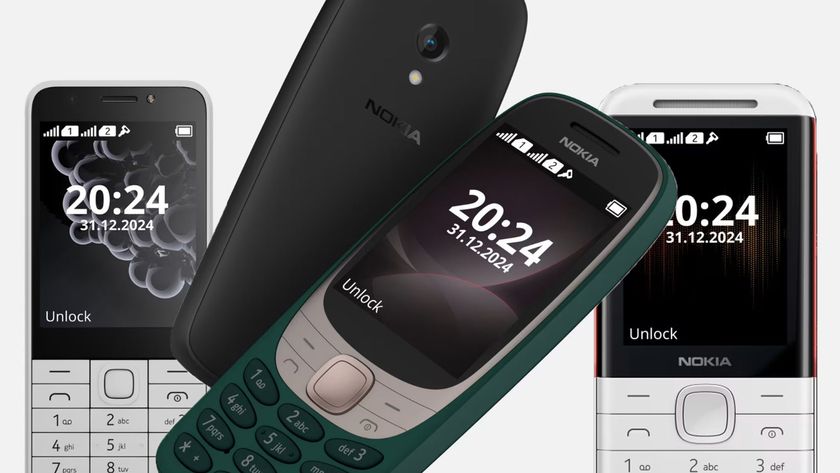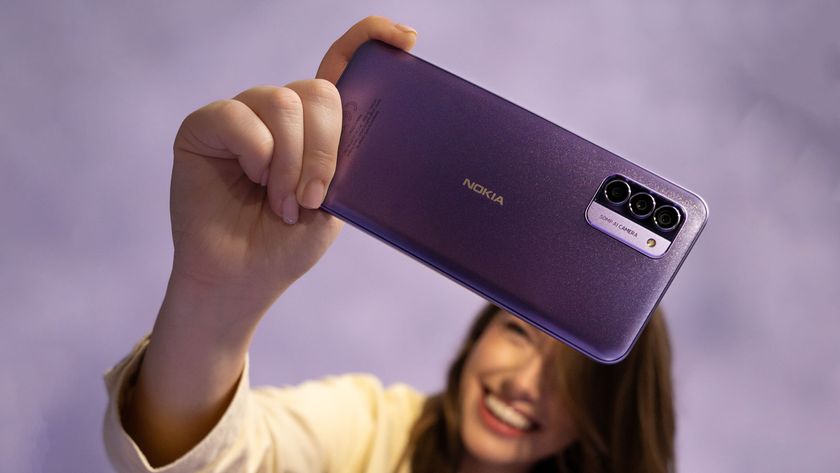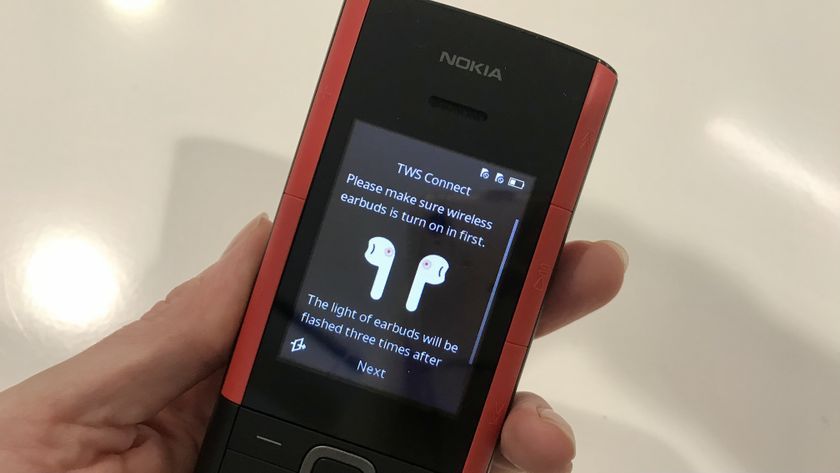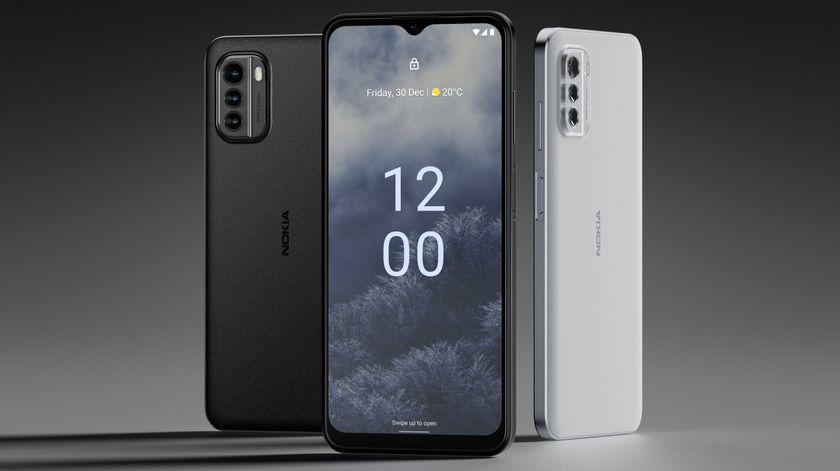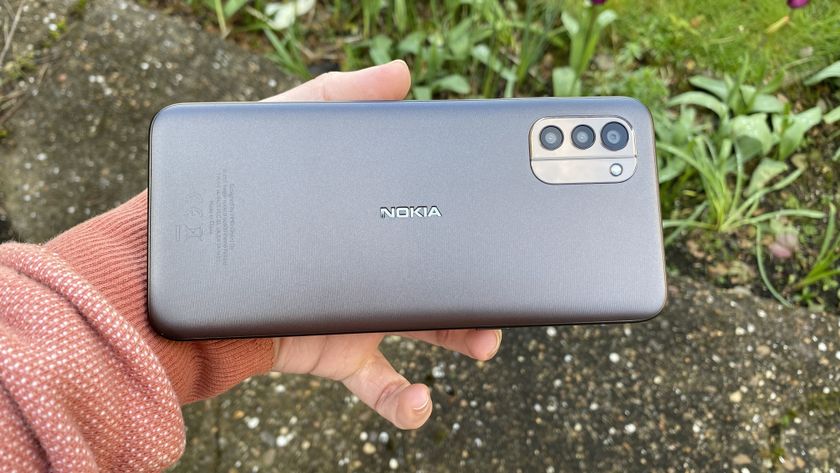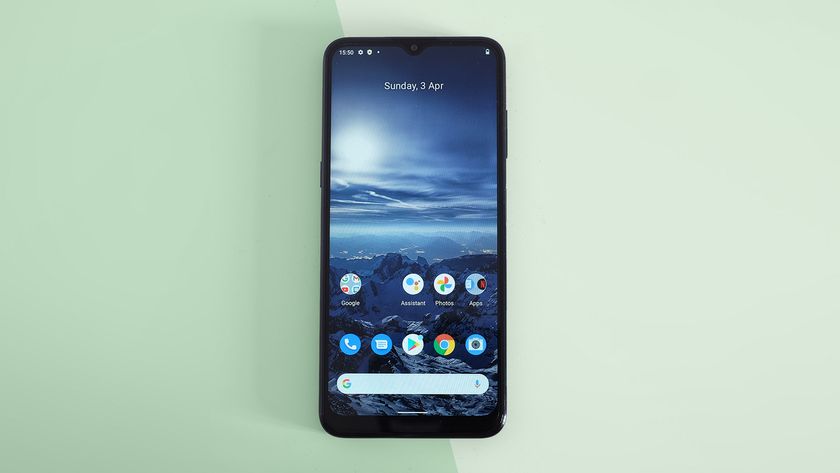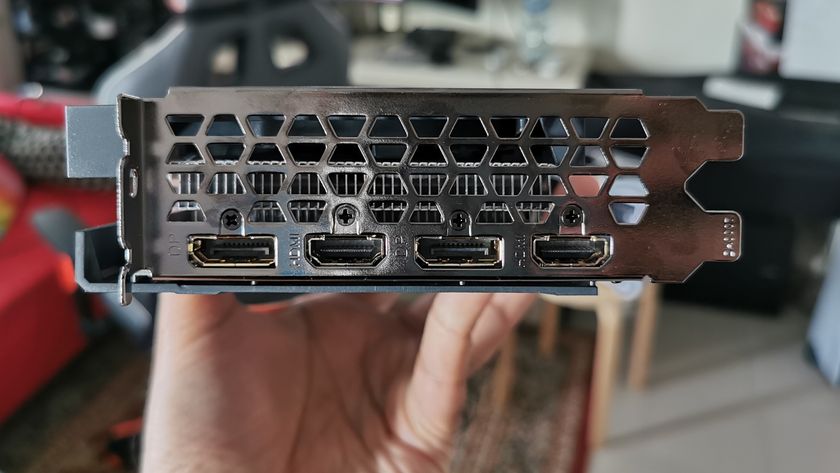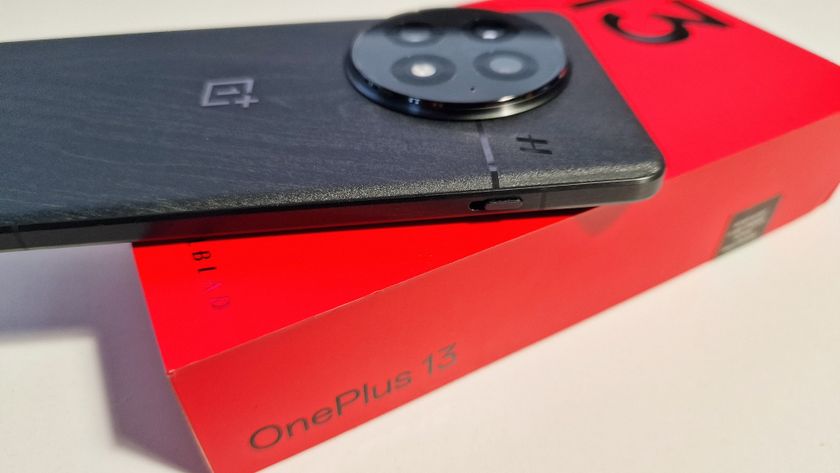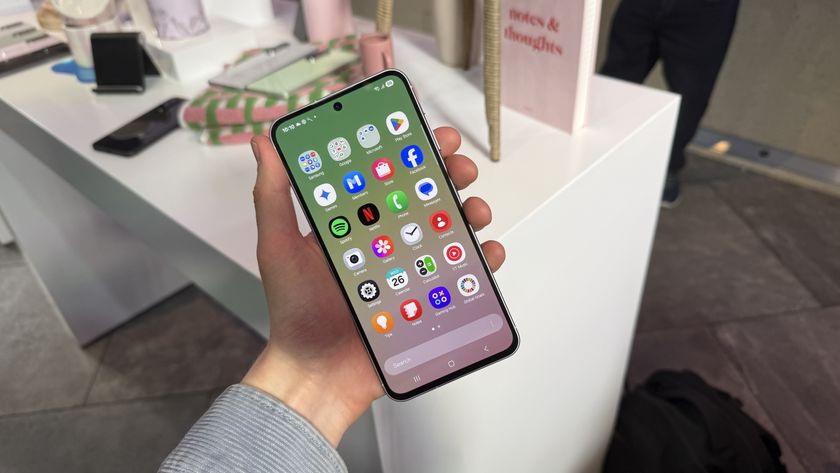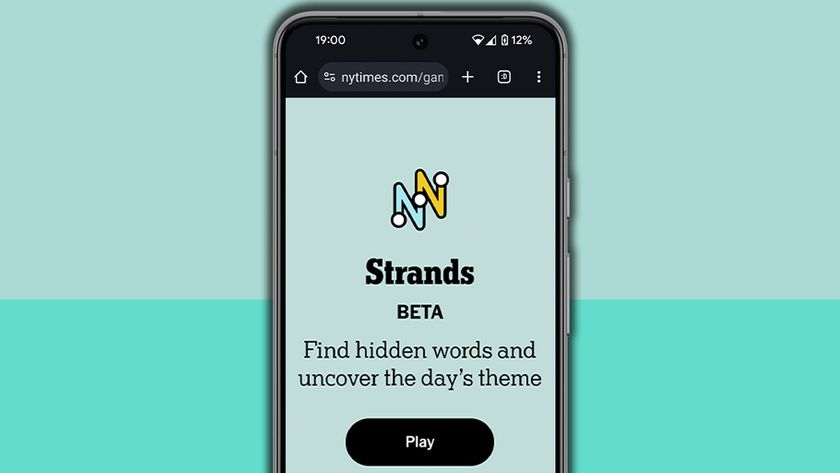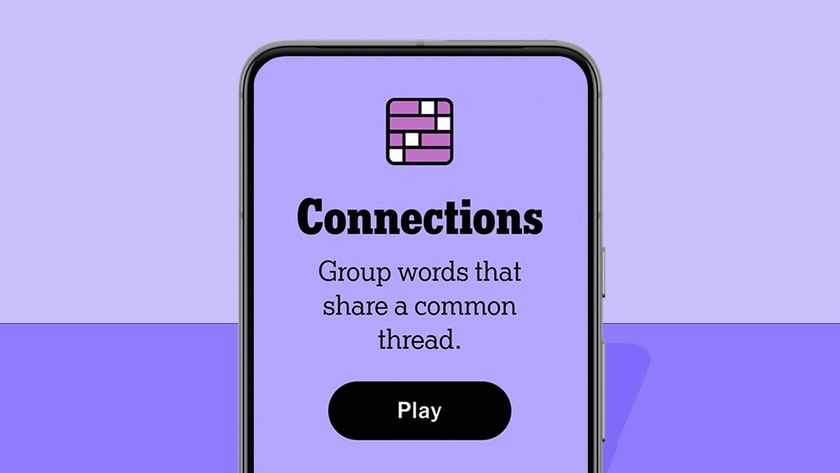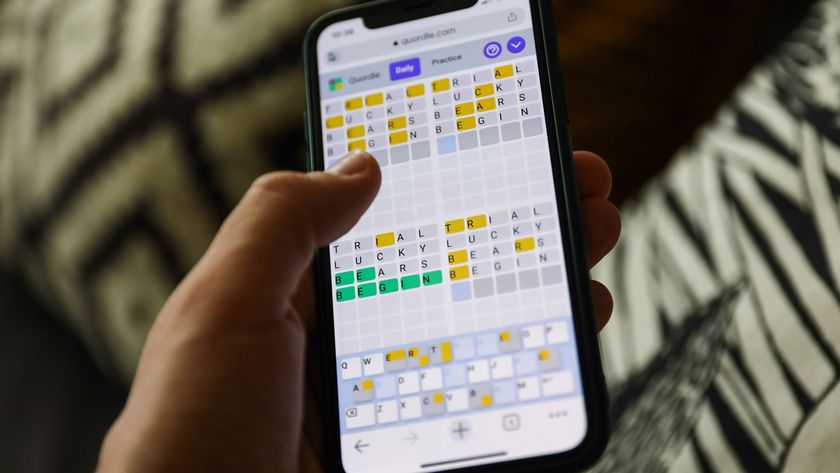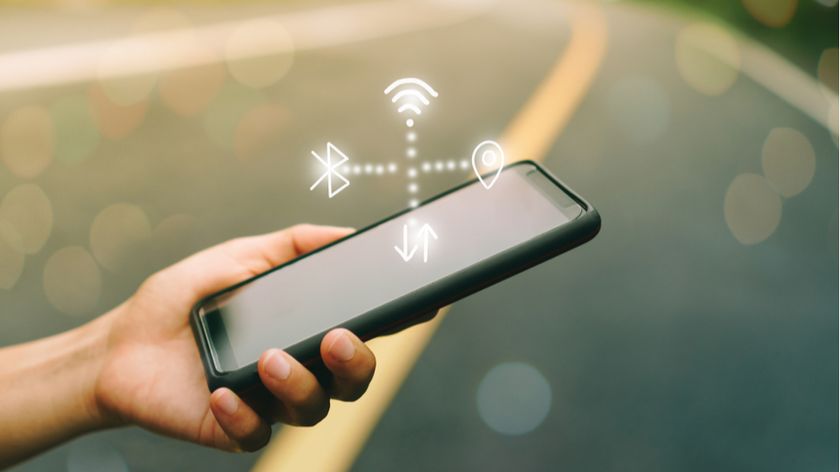The remarkable resurgence of Nokia phones
The rise, fall and ongoing rise
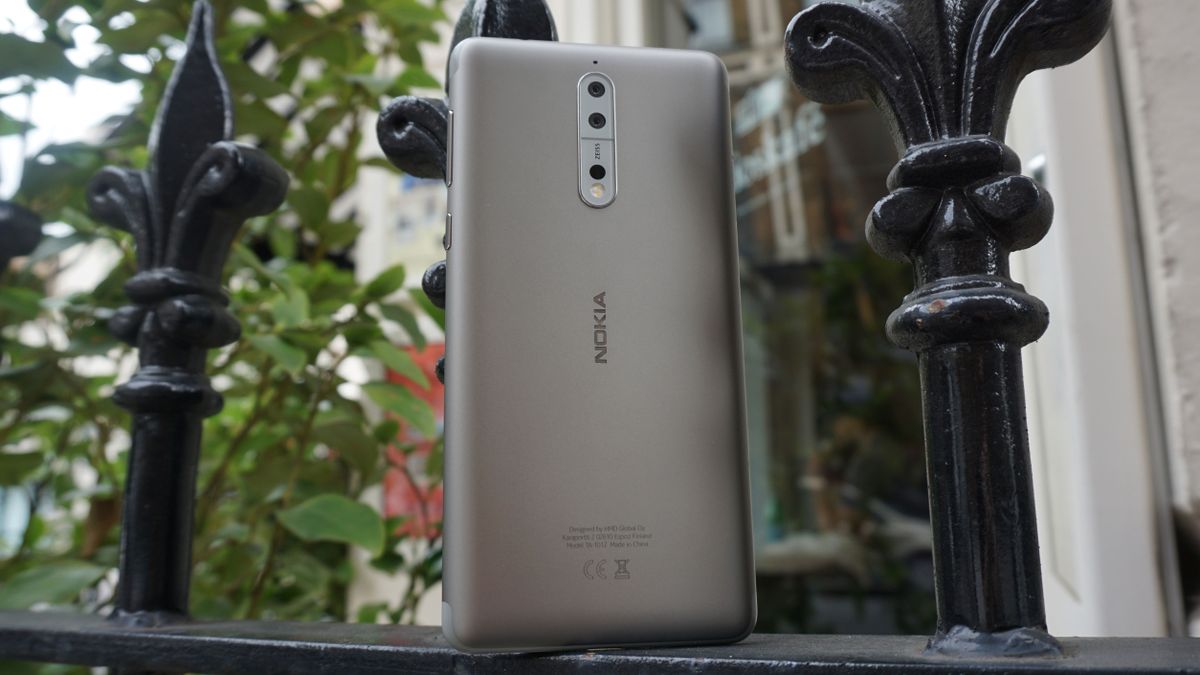
In Q4 of 2017 Nokia Mobile (the handset business now run by HMD Global) sold 4.4 million smartphones and 20.7 million feature phones according to research from Counterpoint, making it the 6th largest mobile phone vendor, 11th largest smartphone vendor and the world's largest feature phone vendor.
It shipped 1% of all smartphones. If it gets to 2% market share, it will be in the top 10.
It has just overtaken Sony, which sold 4 million smartphones in Q4 2017, and is just behind Meizu, the 10th biggest smartphone maker.
This represents a 44-fold increase from Q1 2017, when it only sold 100,000 smartphones. That was the first quarter that HMD Global sold smartphones under the Nokia brand. Back then it sold just one phone, the Nokia 6, in just one market, China.
In Q2 it added the Nokia 3 and Nokia 5 and expanded into global markets. It became the 5th biggest manufacturer in Nokia's homeland, Finland. It ranked 11th in Europe and took 0.4% of the global market.
At this rate, it should have passed 10 million smartphones shipped by the start of February 2018, but the company is doing even better with feature phones.
Nokia Mobile shipped 13.5 million feature phones in Q3 2017, 82.8% of its total phone shipments. This made it the world's third biggest feature phone maker, and, as noted above, it's now at number one.
Get daily insight, inspiration and deals in your inbox
Sign up for breaking news, reviews, opinion, top tech deals, and more.

That’s a remarkable increase for a company that was essentially in its first year, having been reborn somewhat when it was taken over by HMD Global.
In fact, this is a better performance than either the iPhone or Nokia Lumia enjoyed in their first year, selling 1.7 and 2.9 million respectively.
In Taiwan, a market of 20 million people, Nokia under HMD Global is already the seventh biggest smartphone maker for December 2017, with a market share of 3.2%.
This is hugely impressive growth, but it's perhaps not so surprising, as it comes from a brand that was once a phone titan, before a dramatic fall.
The rise and fall
Nokia arguably invented the smartphone in 1996 when it released the Nokia Communicator. It remained the largest smartphone manufacturer until Q2 2011.
This was after its then CEO Stephen Elop wrote his infamous 'burning platform’ memo in February 2011 and partnered with Microsoft for Windows Phone 7, leaving Symbian somewhat abandoned.
This was despite the fact that it had no Windows Phones available for nine months and Symbian remained popular with mobile networks everywhere except the US.
He also abandoned the MeeGo OS, designed for luxury phones as a rival to iOS, despite it enjoying strong reviews.
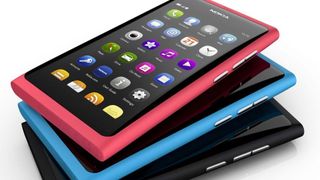
This all proved disastrous for two additional reasons. Firstly, in May 2011 Microsoft bought Skype. The mobile networks then boycotted Windows Phones (though not the Skype app) because Skype threatened their profits by cannibalizing texting, phone calling and video calls.
Secondly, Microsoft's CEO Steve Ballmer refused to write a migration path for app developers from Windows Mobile (based on the keyboard and stylus) to Windows Phone 7 (touch-based).
Previously, Bill Gates had written a migration path from MS DOS to Windows so old apps would work on the new OS. Now, Windows Mobile apps would have to all be rewritten, unlike Android and iOS apps which automatically work when the OS updates.
To make matters worse, the same mistake was made when Windows Phone 8 was released.
Nokia's smartphone market share collapsed from 29% in Q4 2010 to just 12% in Q4 2011.
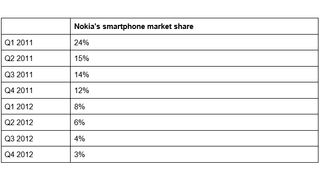
This was the biggest brand destruction in history. In one year Nokia lost about the same number of customers as BlackBerry had in total, falling from a position in 2010 where it had sold more than twice as many handsets as Apple and was also growing faster.
It's true that Nokia's market share had been declining before Elop, but this was inevitable as it was the inventor of the smartphone and its market share was bound to decline as rival manufacturers got involved.
Also, Nokia smartphones had been profitable every quarter before 2011, after which it made perpetual losses.
On September 3 2013, Nokia's phone and services division was sold to Microsoft for 5.4 billion euros (around £4.8 billion, $6.6 billion, AU$8.5 billion). The main beneficiary was not Microsoft, but Samsung and Android which quickly replaced Nokia and Symbian as the world's largest smartphone manufacturer and OS respectively.
From the end of 2015, the Nokia name disappeared from phones until HMD Global entered the scene in 2017, and now the brand's return to relevance looks set to continue.
The future's bright
There's a lot to look forward to in the Nokia brand's immediate future, and reason to think it might continue to climb.
For one thing, the Nokia 9 is rumored to be coming soon – this could be the company's flagship for 2018.
Nokia under HMD Global is also rumored to be releasing a penta-lens camera phone in late 2018. This is thought to have two LED flash units and five camera sensors on the back of the phone.
The five lenses will apparently be arranged in a circle and could enable high quality photos regardless of lighting or weather.
Such an innovative sounding camera doesn't come as much surprise, as the Nokia of old has a lot of form when it comes to smartphone cameras.
For example, in 2012 it released the 41MP Nokia 808 PureView. This was one of the last Symbian phones and the world's highest resolution camera phone ever, capable of taking high definition landscape photos from airplanes with a one-inch camera sensor.
HMD Global has been working with Zeiss optics since July 2017, so whether or not the rumor above is accurate we're sure to see some impressive camera tech from the Nokia brand, and with that and its growing sales the brand could be set to truly return to its glory days.
